Composting Tips for Urban Gardeners: Turn Small Spaces into Soil Powerhouses
Why Urban Composting Matters Now
Up to a third of household garbage can be compostable scraps. Diverting those peels and grounds saves bin space, cuts collection costs, and returns nutrients to city soil instead of trapping them in landfills.
Why Urban Composting Matters Now
Composting is a partnership with microbes that thrive on balance. Give them chopped banana peels, coffee grounds, and shredded paper, and they’ll quietly turn your leftovers into a fluffy, earthy, life-giving amendment.

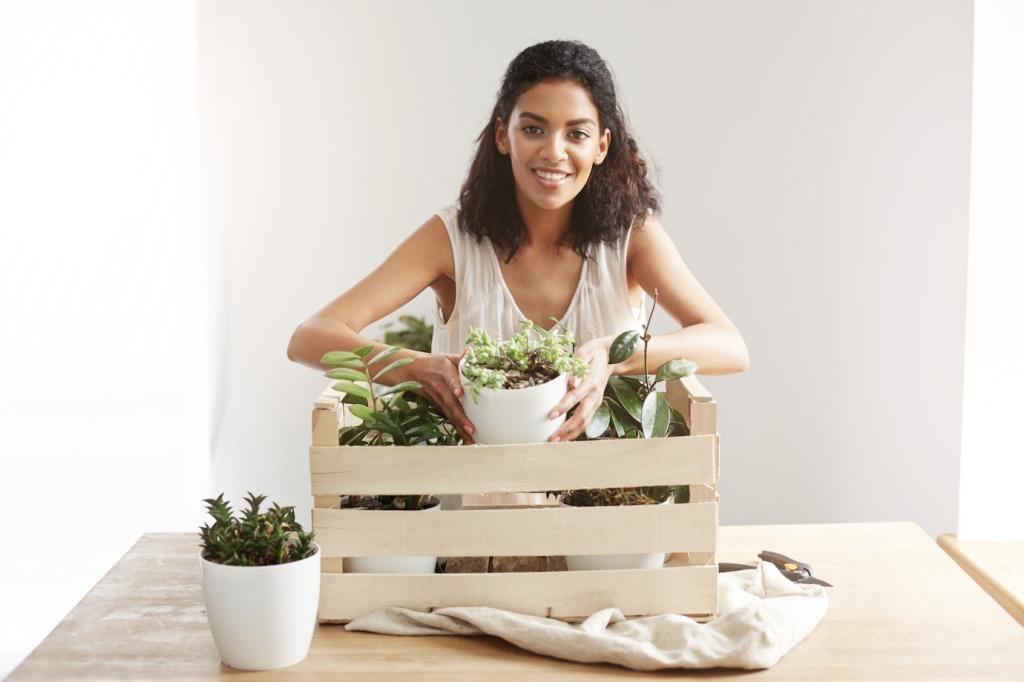
Choosing a Compost System for Small Spaces
Bokashi uses airtight buckets and bran to ferment food scraps, including small amounts of cooked food. It works fast, stays tidy, and creates pre-compost that finishes in soil or community drop-off sites.
Choosing a Compost System for Small Spaces
A well-managed vermicompost bin smells like the forest after rain. Keep bedding damp like a wrung-out sponge, bury food, maintain airflow, and your red wigglers will quietly turn scraps into rich castings.
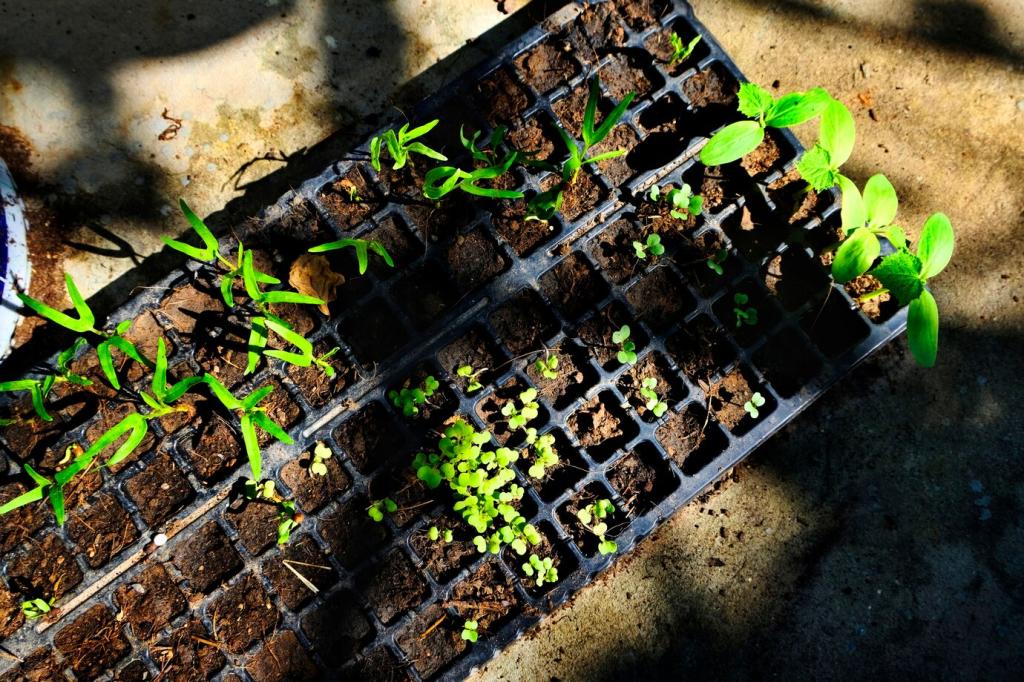
Feed the Pile: What to Add, What to Skip
Coffee grounds, tea leaves, vegetable trimmings, wilted herbs, and fresh plant prunings offer nitrogen and moisture. Chop into small pieces for faster breakdown and tuck beneath bedding to keep flies away.
Mastering Moisture, Air, and Heat Indoors
Moisture: The ‘Wrung-Out Sponge’ Rule
If a handful of bedding squeezes out more than a drop or two, it is too wet. Add dry browns, stir, and mist sparingly with a spray bottle to dial things in.

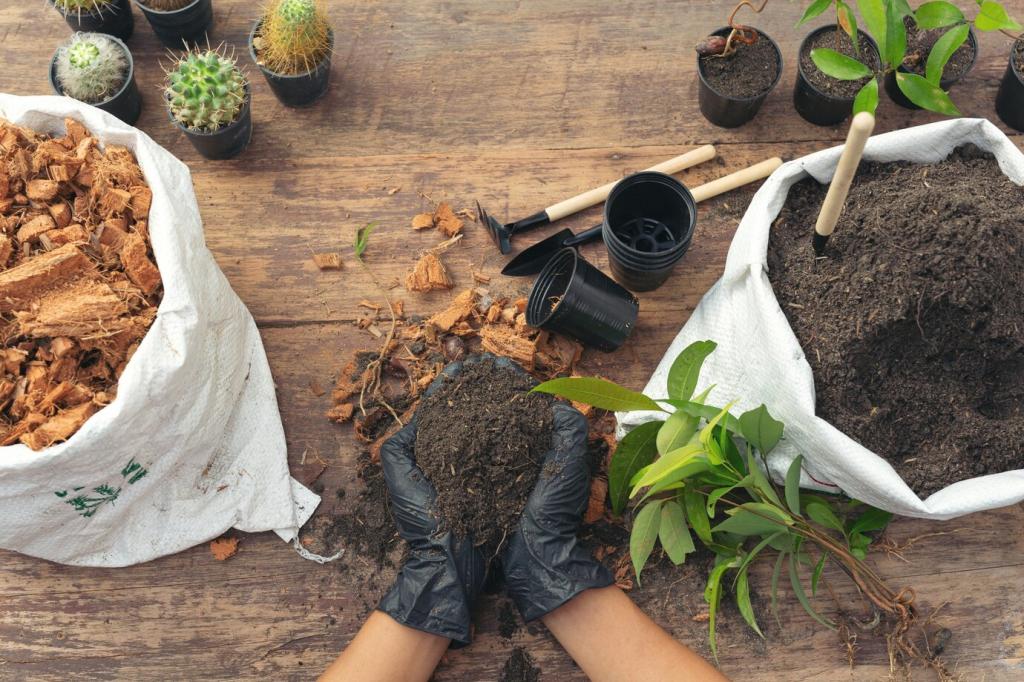
Airflow Without Mess
Good airflow prevents sour odors. Fluff bedding, add corrugated cardboard tunnels, and ensure your lid vents appropriately. Keep fruit flies at bay by covering fresh scraps with an inch of carbon-rich material.
Speed Hacks for Impatient Gardeners
Chop, Blend, and Freeze
Smaller pieces compost faster. Pulse trimmings in a blender, or freeze scraps to rupture cell walls before feeding. Thaw them slightly and mix with browns for smooth, quick breakdown.
Inoculate for a Head Start
Add a handful of finished compost, leaf mold, or healthy garden soil to seed diverse microbes. A little inoculant jump-starts decay and helps stabilize the system during busy weeks.
Routine That Keeps Things Moving
Turn, top with browns, and record moisture every few days. Set calendar reminders, keep tools nearby, and treat compost time like watering—small, consistent actions that compound into steady, reliable results.
Troubleshooting: Odors, Pests, and Slimy Situations
Sour odors signal too many greens or poor airflow. Add dry shredded cardboard, stir gently, and reduce wet inputs. With bokashi, ensure the lid seals tight and add more bran.
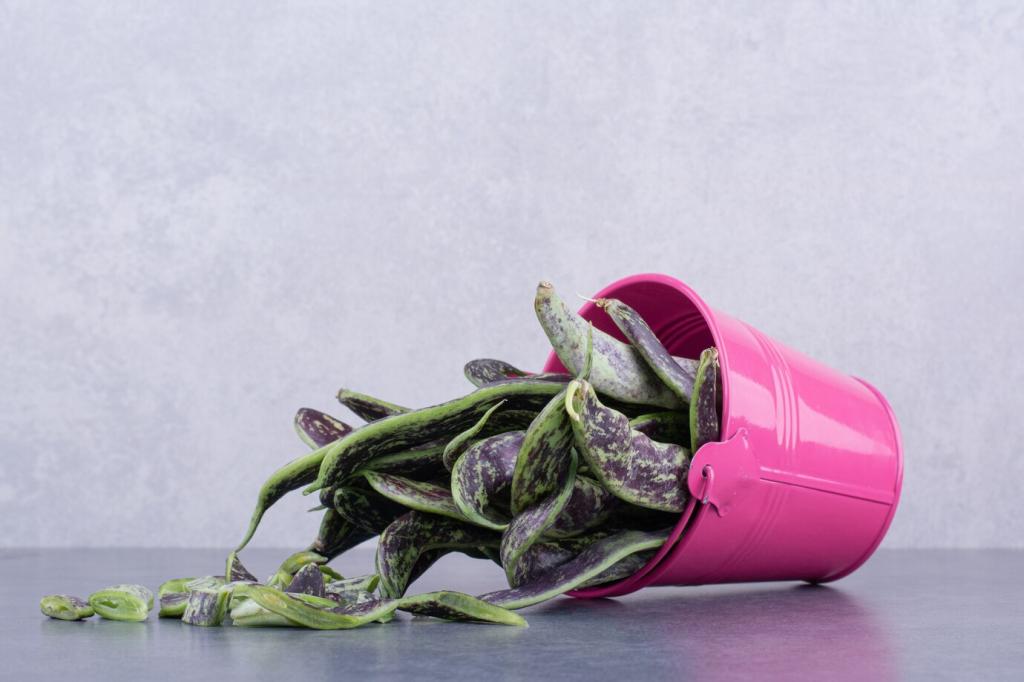
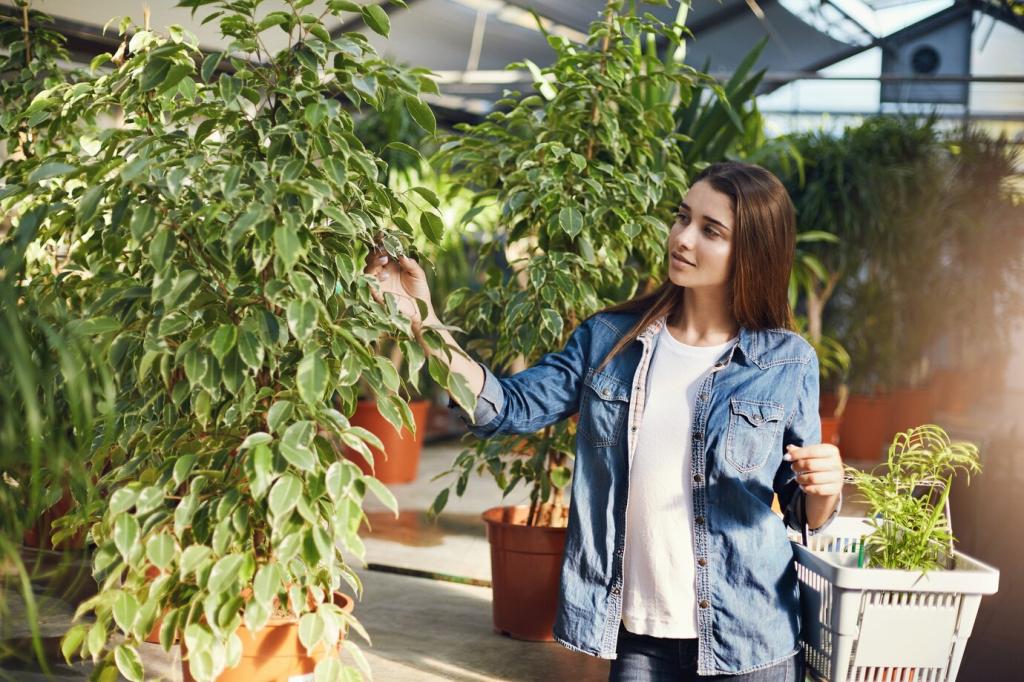
Troubleshooting: Odors, Pests, and Slimy Situations
Bury food deeper, cover with fresh bedding, and freeze scraps before feeding. Set simple vinegar traps nearby, keep the lid closed, and wipe bin rims to remove enticing residues.
Using Your Finished Compost in Containers
Screen and Cure
Sieve finished compost to remove chunky bits and let it cure for two weeks. You’ll get a mellow, earthy smell and stable texture that plants adore. Post photos of your sifted gold.
Potting Mix Upgrades
Blend roughly one part compost to three parts potting mix for containers. Top-dress established plants with a thin layer, then water gently. Watch basil, chilies, and tomatoes respond within weeks.
Compost Teas and Extracts
Make a simple non-aerated extract by steeping compost in water, then drench soil. It helps distribute nutrients and microbes evenly. Share your favorite steeping ratios and container plant success stories.
Join our mailing list
